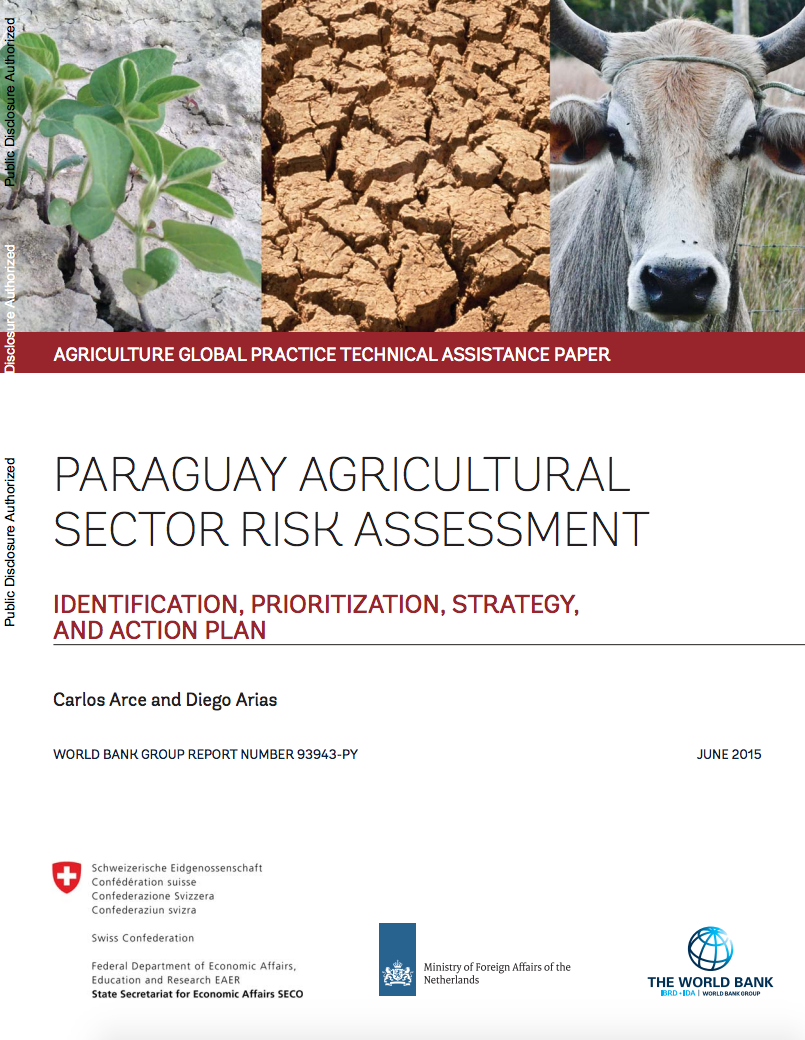Solar Resource Mapping in the Maldives
This report is prepared within phase one
of the project renewable energy resource mapping for the
Republic of the Maldives. This part of the project focuses
on solar resource mapping and measurement services as part
of a technical assistance in the renewable energy
development implemented by the World Bank in Maldives. It is
being undertaken in close coordination with the ministry of
environment and energy (MEE) of Maldives, the World Bank’s


